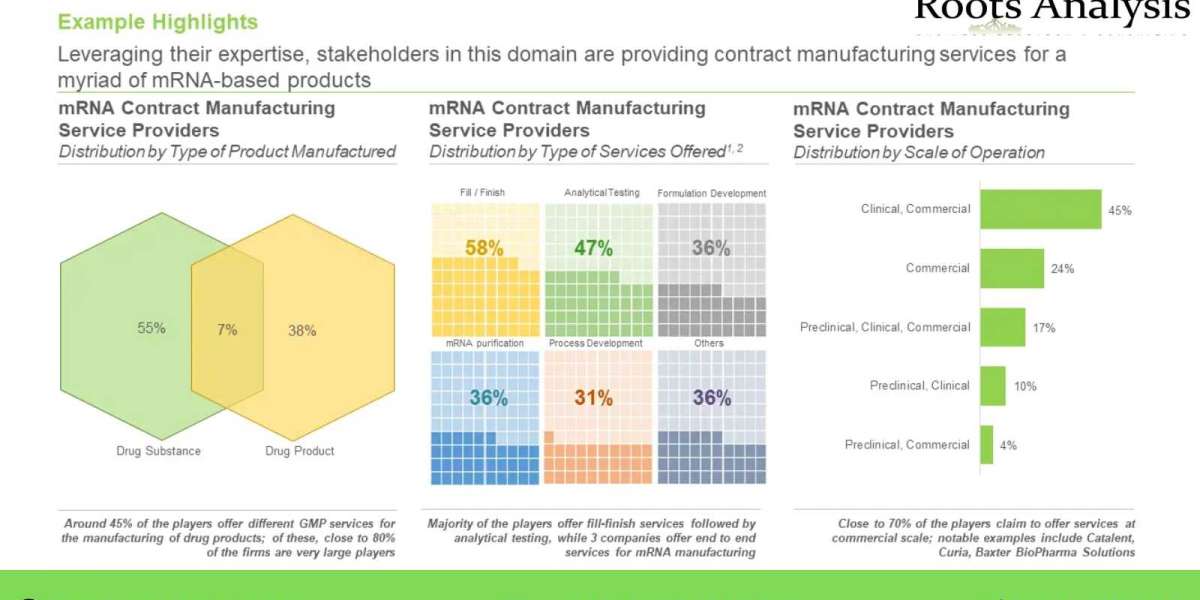In the realm of academic publishing, the significance of high-quality figures cannot be overstated. Visual representations of data and concepts serve not only to enhance the aesthetic appeal of a publication but also to facilitate a deeper understanding of complex information. This article delves into the critical role that high-quality figures play in elevating research and improving communication within the academic community.
Understanding High-Quality Figures
What exactly constitutes a high-quality figure? Generally, it refers to visuals that are clear, well-structured, and effectively convey the intended message. These figures can include graphs, charts, illustrations, and photographs. When designed thoughtfully, they can:
- Enhance comprehension of intricate data.
- Provide visual breaks in dense text, making the content more engaging.
- Support the narrative of the research, reinforcing key findings.
Why High-Quality Figures Matter
High-quality figures are essential for several reasons. Firstly, they serve as a bridge between complex ideas and the audience's understanding. When researchers present their findings, they often deal with intricate datasets that can be overwhelming. By utilizing high-quality figures, researchers can simplify these concepts, making them accessible to a broader audience.
Moreover, the use of high-quality figures can significantly impact the credibility of the research. A well-crafted visual can enhance the perceived professionalism of a publication. Conversely, poorly designed figures may lead to misinterpretation of data, potentially undermining the research's validity. Therefore, investing time and resources into creating effective visuals is crucial.
Best Practices for Creating High-Quality Figures
To ensure that your figures meet the standards of high-quality figures, consider the following best practices:
- Clarity: Ensure that all elements of the figure are easily distinguishable. Use contrasting colors and clear labels.
- Relevance: Each figure should directly relate to the content and support the research narrative.
- Consistency: Maintain a uniform style across all figures to create a cohesive look.
- Accessibility: Consider the needs of all potential readers, including those with visual impairments.
Conclusion: Elevating Research with High-Quality Figures
In conclusion, the role of high-quality figures in academic publishing is paramount. They not only enhance the visual appeal of research but also contribute significantly to the clarity and effectiveness of communication. By adhering to best practices in figure creation, researchers can ensure that their work is presented in the best possible light.
For those interested in exploring more about the importance of visuals in research, consider visiting  for additional resources and insights.
for additional resources and insights.








